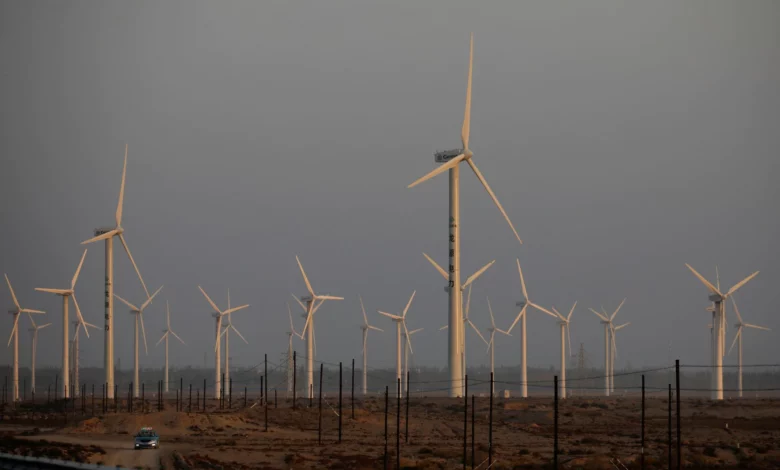
LONDON, Oct 26 (Reuters) – Current commitments to cut greenhouse gas emissions put the planet on track for an average 2.7 degrees Celsius temperature rise this century, a United Nations report said on Tuesday, in another stark warning ahead of crunch climate talks.
Governments will be in the spotlight at the COP26 conference next week to meet a deadline of this year to commit to more ambitious cut pledges, in what could be the last chance to put the world on track to limiting warming to below 2C above pre-industrial levels and ideally to 1.5C.
As extreme weather events ranging from wildfires to floods have hit countries around the world, a UN report in August warned that global warming due to greenhouse gas emissions could breach 1.5C in the next two decades.
But British Prime Minister Boris Johnson said on Monday it was “touch and go” whether the most important round of UN talks since the Paris Agreement in 2015 will secure the agreements needed to tackle climate change. read more
And the UN World Meteorological Organization said ahead of the two-week event which begins in Glasgow, Scotland on Sunday that greenhouse gas concentrations hit a record last year and the world is “way off track” in capping rising temperatures.
The annual “emissions gap” report by the United Nations’ Environment Programme (UNEP), which measures the gap between anticipated emissions and those consistent with limiting the temperature rise this century as agreed in the Paris accord, said updated pledges only reduce forecast 2030 emissions by an additional 7.5 percent, compared to the previous commitments.
If continued throughout this century, this would lead to warming of 2.7C, slightly less than the 3C UNEP forecast in its last report. A 30 percent cut is needed to limit warming to 2C and a 55 percent cut is needed to limit to 1.5C.
It said current commitments to net zero could limit warming to around 2.2C by the end of the century, but 2030 pledges so far do not put major emitters on a clear path to this.
WAKE-UP CALL
Latest UN data shows 143 countries, accounting for around 57 percent of global emissions, have submitted new or updated emissions cut plans ahead of COP26 and their total emissions are estimated to be around 9 percent of 2010 levels by 2030 if implemented fully.
But if all pledges by 192 countries under the Paris Agreement are taken together, an increase of around 16 percent in global emissions is expected by 2030 compared to 2010, which would lead to warming of around 2.7C.
“This report is another thundering wake-up call. How many do we need? The emissions gap is the result of a leadership gap,” UN Secretary General Antonio Guterres told a press briefing.
China and India, which are together responsible for around 30 percent of global emissions, have not yet made enhanced pledges.
“The era of half measures and hollow promises must end. The time for closing the leadership gap must begin in Glasgow.”
By 2030, to reach the 1.5C limit, annual greenhouse gas emissions need to fall by an extra 28 gigatonnes (Gt) of CO2 equivalent, or be halved from current levels of nearly 60 Gt, over and above what is promised in updated pledges and other 2030 commitments, the report said.
For the 2C limit, an additional 13 Gt cut in annual emissions is needed by 2030.
“We have eight years to make the plans, put in place the policies, implement them and ultimately deliver the cuts,” UNEP executive director Inger Andersen said.
“The clock is ticking loudly.”
Reporting by Nina Chestney; Editing by Alexander Smith




